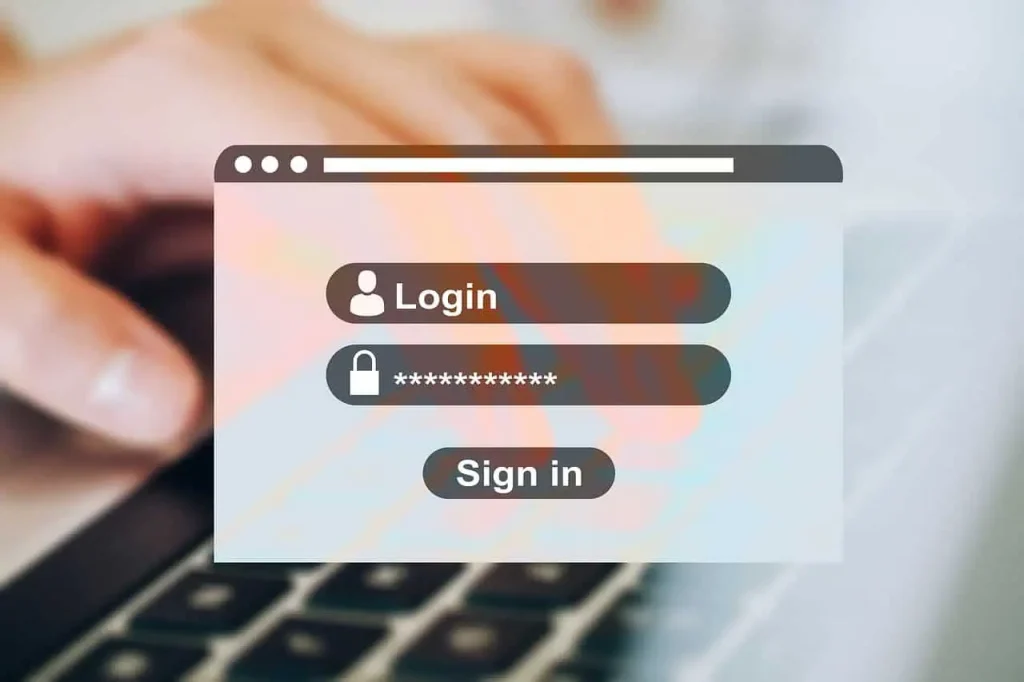Introduction
In the constantly changing design and technology landscape that is the digital age, User Experience designers (UX designers) are uniquely qualified, not only as simple decorators, but to delve into the minds of a consumer, so as to figure out what makes them tick. Indeed, given the many hundreds of skilled designers on-hand today, particularly in such a competitive job-market as the one existing today; a UX designer resume can mean the difference between landing your dream job, or staying at home, while endlessly searching LinkedIn for job placement.
1. Understand the Role and Tailor Your UX Designer Resume
Make sure you understand the role you are applying for. Different companies and organizations may be looking for different things in a UX designer. It is important to understand what is being asked of you and tailor your resume accordingly, even if it means customizing your UX designer resume on a company-by-company basis. Highlighting the skills and experiences requested in the job posting will show that you are the right fit for the UX designer job. If you have not already done this, get in the habit of doing it. Not only it will make you a better candidate, but it will dramatically reduce the number of jobs you need to apply for to get the job you want.
Example:
If a job description emphasizes skills in UI/UX prototyping tools like Sketch and Adobe XD, tailor your resume to highlight your proficiency in these tools.
Proficient in Sketch and Adobe XD for wireframing, prototyping, and creating high-fidelity mockups.2. Begin your Resume with a Strong Summary
The first thing recruiters and hiring managers will read on your UI/UX designer resume is the summary statement/profile, so make sure it is good enough to captivate readers. Write one quick sentence that will make your relevant experience, your computer skills and your desire to be part of a team known. This short sentence (or two depending on how much you can type) will make the biggest impression, so make it count. The employer wants you to skip the intro essays and go straight to your main point. Explain the qualifications you acquired and how that ties into your career goals but be quick because that one sentence will make the biggest difference on securing an interview.
Example:
Craft a summary that encapsulates your expertise and aspirations.
Expert UX Designer with 5+ years of experience in creating intuitive and user-centric digital experiences. Passionate about solving complex design challenges to enhance user satisfaction and drive business growth.3. Showcase Your Design Skills as a UX Designer
The focus of your UX designer resume should be your most impressive skills and work history. By focusing on essentials, you don’t need to include the entire skills in your resume other than design skills. Take time in curating the design elements of your UI/UX designer resume. Use white space properly, the right font, and preferable a well-organized and easy to read resume structure. Use recognition icons, infographics, or other visual elements to demonstrate your qualifications on a UX designer resume.
Template:
[Design Skills Section]
- UI/UX Design
- Wireframing & Prototyping
- Information Architecture
- Interaction Design4. Highlight Your Achievements in Designing
Rather than simply mentioning your job responsibilities and objectives that you were contracted once, concentrate on your results and impact on past jobs and experiences. Mention your accomplishments with concrete numbers whenever possible this can involve improving the user engagement metrics by a certain measure or growing the conversion rates, or simply success rates of gaining interviews by some certain digits. For example, launching a product feature that boosted the company users by any convincing number as such. This kind of numbers show your value to the next employer.
Example:
Quantify your achievements to demonstrate impact.
Increased user engagement by 40% through the redesign of the mobile app interface.5. Include Relevant Projects and Portfolio
Your portfolio demonstrates your skills and ability as a UX Designer. Please include a link to your online portfolio or attach relevant project samples that show your design process, problem solving abilities and the results of your work. Select projects that show off a range of your skills, from user research and wireframing to prototyping and usability testing.
Template:
[Portfolio]
- Project 1: [Project Name]
Description: [Brief Description]
Tools Used: [Tools]
Link: [Link to Portfolio/Project]
- Project 2: [Project Name]
Description: [Brief Description]
Tools Used: [Tools]
Link: [Link to Portfolio/Project]6. Emphasize Technical Skills and Collaboration
UX design also requires a range of technical skills. One cannot design good user experience without some knowledge of and expertise in a variety of detailed technical skills in the area including programming and design. You need to include this information in your UX designer resume. The major employers usually don’t require knowing how one codes as long as they can do the job and most of us do that by using some or no code.
Example:
Effective communicator with a proven track record of collaborating cross-functionally with product managers, developers and stakeholders.7. Stay Updated and Relevant
UX is constantly evolving. Tools, techniques, and best practices change regularly, so you need to stay informed and connected with your industry. Show that you are proactive and on the ball by having some relevant qualifications, taking part in online courses or attending industry events and bringing them to the attention of your target employers.
Example:
Mention any relevant certifications or ongoing learning initiatives.
Currently pursuing certification in Human-Computer Interaction (HCI) to stay abreast of industry trends and best practices.8. Proofread and Edit your UX Designer Resume Carefully
Finally, before you submit your resume, be sure to carefully review it for typos, grammatical errors, or inconsistencies. Attention to detail is a key part of the UX designer skill set, and a small typo in your resume can be deadly to your chances at the next stage. As a UX designer, you should have a keen eye for detail. A sloppy UX designer resume could mean you are sloppy in your job. Double-check spelling, grammar, and formatting to maintain a polished presentation.
In conclusion, writing an effective UX designer resume is about more than just listing your skills and experiences – it’s about telling a compelling story of your journey, showcasing your design prowess, and demonstrating your ability to create exceptional user experiences. By following these strategies and utilizing the provided examples and templates, you’ll be well-equipped to create a standout resume that helps you stand out in a competitive job market and land your next dream role in UX design.
Conclusion
Writing an effective UI/UX designer resume is more than just listing down the skills and experience you have. Rather, it is about presenting your journey in a much more appealing manner, to demonstrate your design skills, and to show how good you are at creating user experiences that have never been seen before. By following these strategies and with the help of the examples and templates provided, you will be well-equipped to write an effective UX designer resume that will outstand and help you to win the best UX designers jobs you have always been wishful of.









